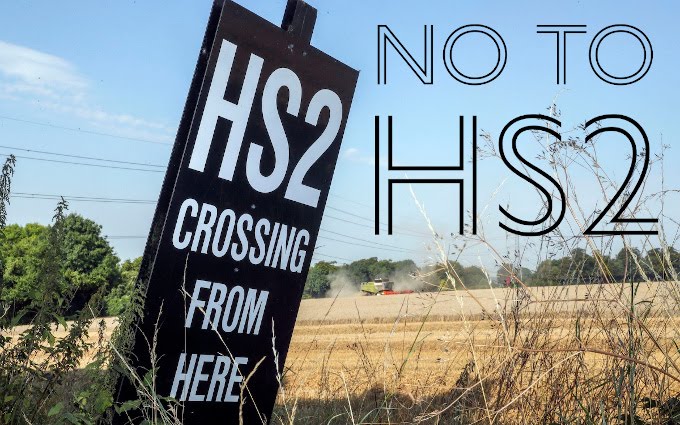
Västlänken is a 20 billion kronor project designed to join the railway lines running north and south of the city, where all routes currently terminate at the Central station. It is mostly in tunnel and coloured green on the map. It goes round three sides of a square, though it is claimed that due to easier tunneling conditions it would be less expensive than a direct link.
It will not make for fast through-journey times. Nor does not look like the most cost-effective solution to the problem of saving people travelling from north to south the trouble of having to change at the Central station (red on the map).
One aim of the route is to bring rail services into the western side of the city centre with a new station at Haga, but connections to this part of the city centre could be improved at a fraction of the cost, and again, much more quickly, by extending the existing tramway, which now runs through the city centre, to run along the inner ring road direct to the Central station.
The proposed scheme will certainly work but there appear to be alternatives which would achieve most of the benefits at a fraction of the cost, and which could be completed much sooner.

